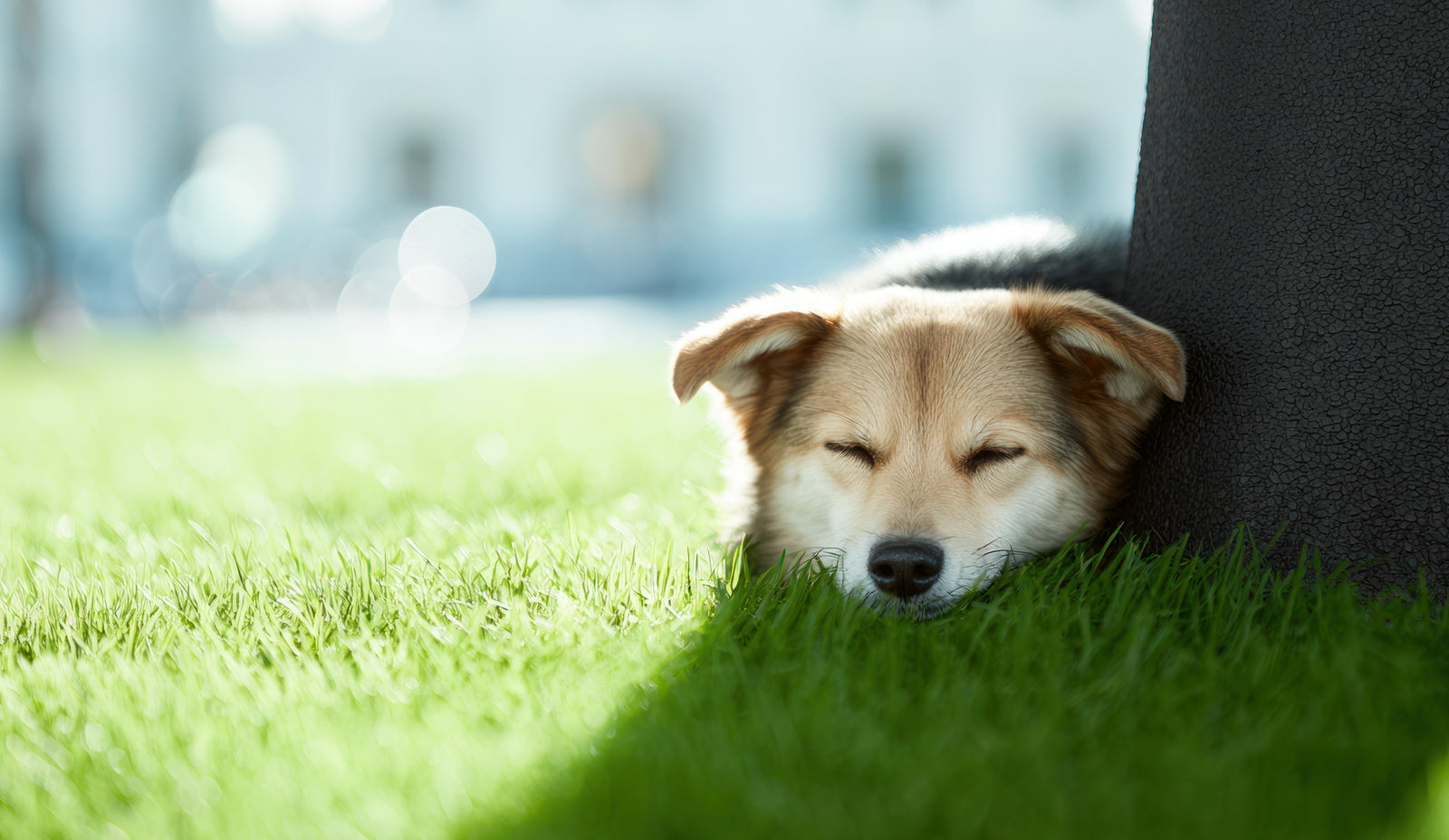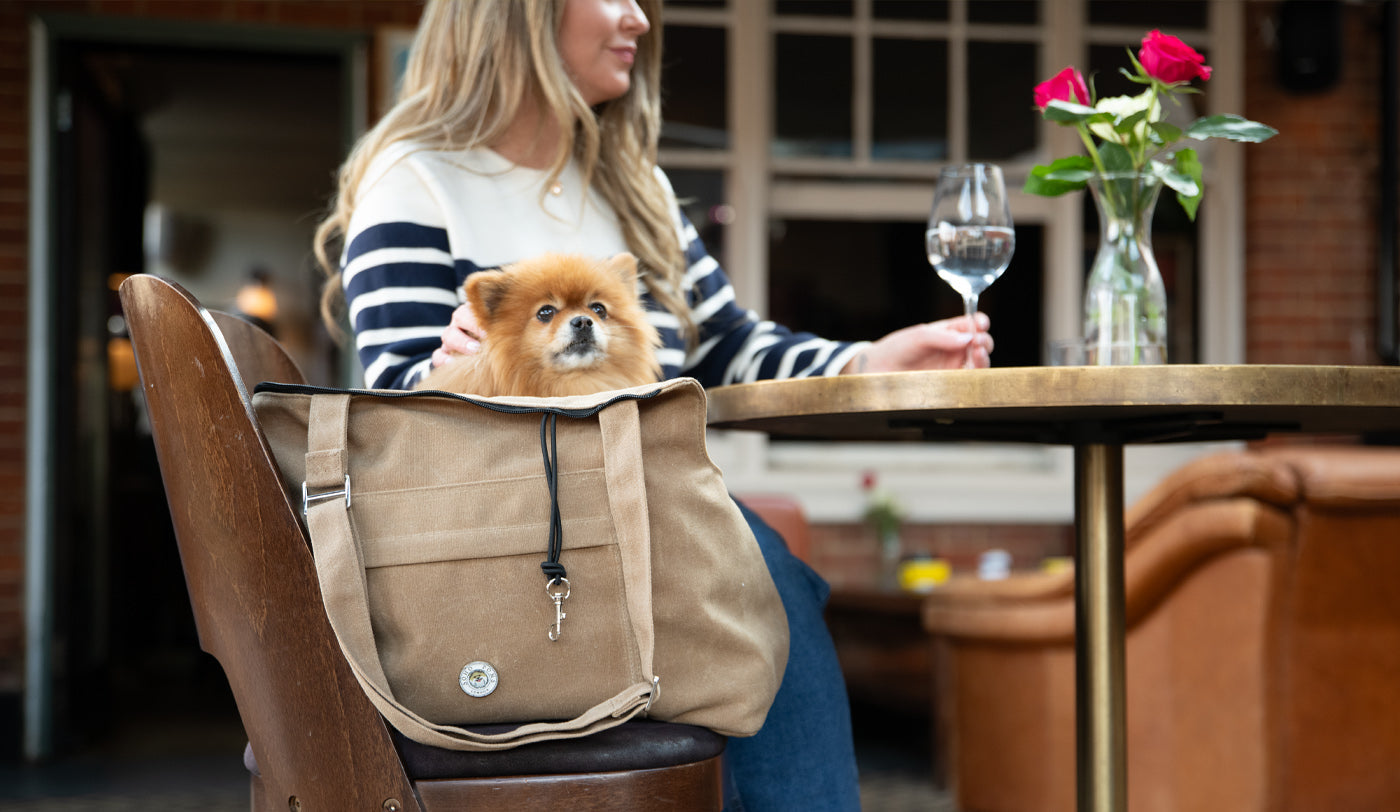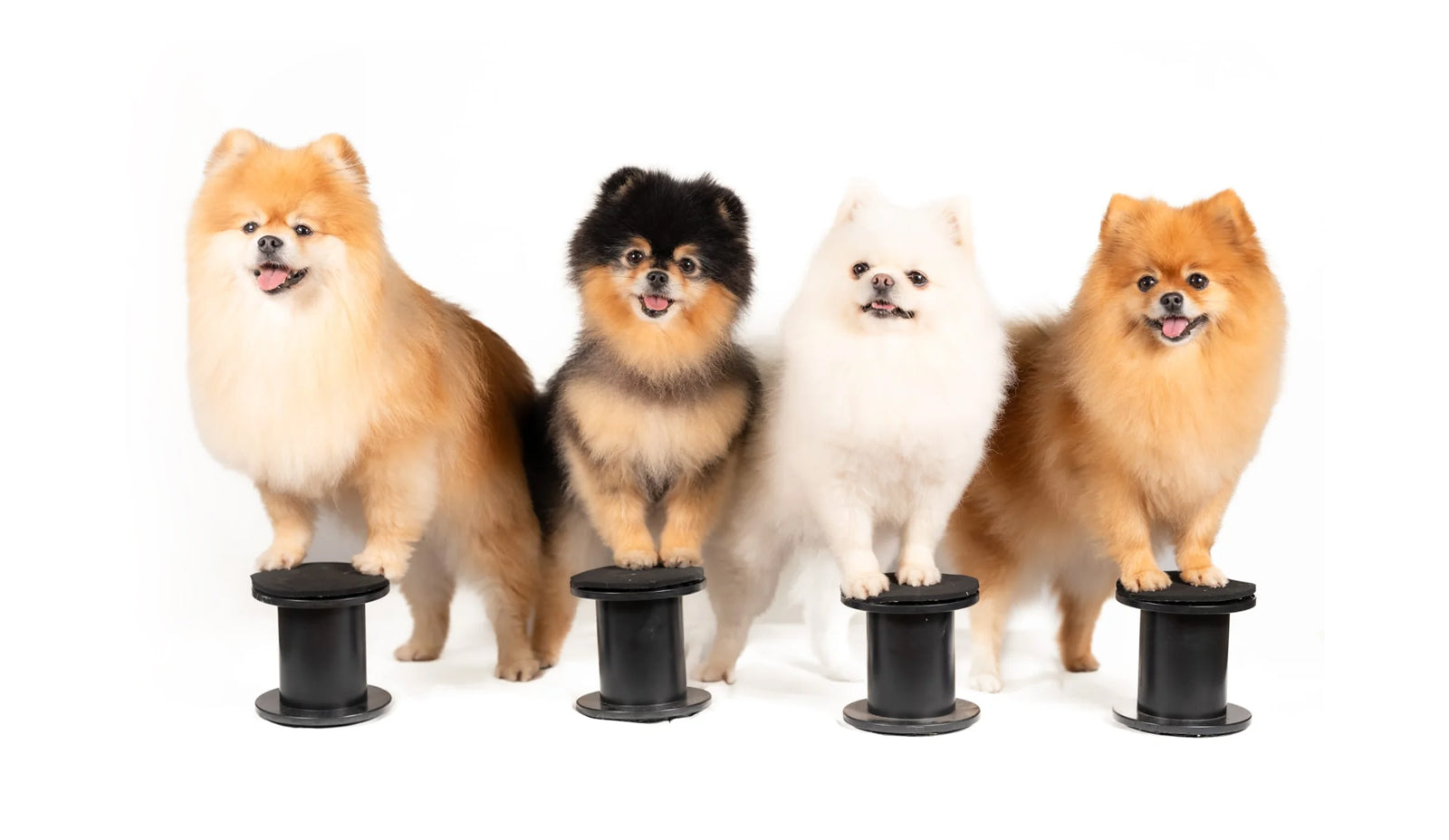
Can Dogs Get Sunburn? How to Protect Your Pup from the Sun
When most people think about sunburn, they imagine a long day at the beach without sunscreen or forgetting to reapply during a hike. But sunburn isn't just a human problem—dogs can get sunburned too. Although many dogs have fur that provides some protection, their skin is still vulnerable to the sun’s harmful ultraviolet (UV) rays, especially in certain areas. Knowing how to protect your furry companion is essential, particularly during the sunnier months.
Can Dogs Really Get Sunburn?
Yes, dogs can absolutely get sunburn. Just like humans, dogs have skin under their fur, and if that skin is exposed or covered by very fine hair, it can be damaged by UV radiation. Certain breeds and body parts are more susceptible than others.
Areas Most at Risk
Sunburn in dogs typically affects areas where the fur is thin or absent. Commonly affected spots include:
-
Nose and muzzle
-
Ears (especially tips)
-
Belly and groin
-
Around the eyes
-
Inner legs
-
Areas with hair loss or thinning fur
Dogs who have light-colored or short coats are also more vulnerable. Breeds like Dalmatians, Bull Terriers, Greyhounds, Boxers, and Pit Bulls often have less natural protection from the sun. Even heavily coated dogs can suffer sunburn on their noses or bellies if they lie in the sun for long periods.
Symptoms of Sunburn in Dogs
Sunburn in dogs may not always be immediately obvious, but there are some clear signs to look for:
-
Red or pink skin in areas that are usually lighter in color
-
Dry, cracked, or flaking skin
-
Itching or scratching at sensitive areas
-
Whimpering when touched
-
Hair loss in sunburned regions
-
In more severe cases, blisters or skin infections
If you notice any of these symptoms, especially after your dog has been in the sun for an extended period, sunburn could be the culprit.
Why Sunburn Is Dangerous for Dogs
Sunburn isn’t just uncomfortable—it can lead to more serious health problems. Repeated exposure can cause:
-
Skin infections due to open sores or scratching
-
Chronic inflammation or dermatitis
-
Permanent skin damage
-
Increased risk of skin cancer, including hemangiosarcoma and squamous cell carcinoma
That’s why it’s so important to take sun safety seriously when it comes to your dog.
How to Prevent Sunburn in Dogs
Fortunately, there are several ways to protect your dog from harmful UV rays.
1. Limit Sun Exposure
The simplest and most effective way to prevent sunburn is to limit your dog’s exposure to the sun—particularly between 10 a.m. and 4 p.m., when UV rays are strongest. If you’re out and about during these hours, try to keep your dog in the shade as much as possible.
2. Use Dog-Friendly Sunscreen
Yes, there is sunscreen made specifically for dogs! Human sunscreens often contain ingredients that are toxic to pets—such as zinc oxide and PABA—so you should never apply them to your dog. Instead, look for pet-safe sunscreen labeled as non-toxic and approved for canine use.
Focus on applying it to vulnerable areas:
-
Ears (especially tips)
-
Belly and groin
-
Any spots with thin or missing fur
Always do a patch test first to make sure your dog doesn’t react badly, and reapply regularly, especially if your dog is swimming or playing outdoors for long periods.
3. Protective Clothing
Just like people wear sun hats and rash guards, dogs can benefit from UV-protective dog shirts or bodysuits, which are especially useful for short-haired breeds or dogs recovering from surgery or skin conditions. These garments are breathable, lightweight, and specifically designed for sun protection.
4. Provide Plenty of Shade
If your dog spends a lot of time in the backyard or on walks, make sure there’s access to shade. Trees, umbrellas, or dog-specific sun shelters are great ways to give them a break from direct sunlight.
On walks, try to avoid open pavement or concrete where there’s no shelter from the sun—opt for shaded trails or grassy areas instead.
5. Be Cautious Near Water and Sand
Water and sand can reflect sunlight, increasing the intensity of UV exposure. If you're taking your dog to the beach or a lake, it's extra important to provide shade, sunscreen, and plenty of water.
Special Considerations by Breed
Some breeds are at greater risk of sunburn, and extra precautions should be taken:
-
Hairless Breeds (like the Chinese Crested or American Hairless Terrier): Need full-body protection or sunscreen daily.
-
Short-Haired Breeds with Pale Skin (like Whippets, Dalmatians, and Boxers): Vulnerable on ears, noses, and bellies.
-
Dogs with Thin or Patchy Coats (due to age, allergies, or medical conditions): May need spot coverage or protective gear.
Even black or dark-coated dogs aren’t immune—they can absorb more heat, putting them at risk of overheating and dehydration alongside sunburn.
What to Do if Your Dog Gets Sunburned
If you suspect your dog has a sunburn, take the following steps:
-
Get them out of the sun immediately.
-
Soothe the skin with cool compresses (avoid ice).
-
Apply a pet-safe aloe vera gel to reduce inflammation.
-
Keep your dog from scratching or licking the affected area.
-
Consult your vet for advice—especially if the skin is blistered, cracked, or showing signs of infection.
Your vet may prescribe a soothing ointment or antibiotic treatment if the skin is broken.
Final Thoughts
Dogs can and do get sunburned—and it’s something that every pet owner should be aware of, particularly in the summer months. By limiting sun exposure, using pet-safe sunscreens, and dressing your dog in UV-protective gear when necessary, you can keep your four-legged friend safe and comfortable.
Just like us, dogs enjoy basking in the sun. With a few simple precautions, you can let them soak up the sunshine without the burn.
Any questions about our products or what might suit your pup best? Have a browse through our new arrivals, and message us on social media if you’d like a hand choosing the perfect piece!








